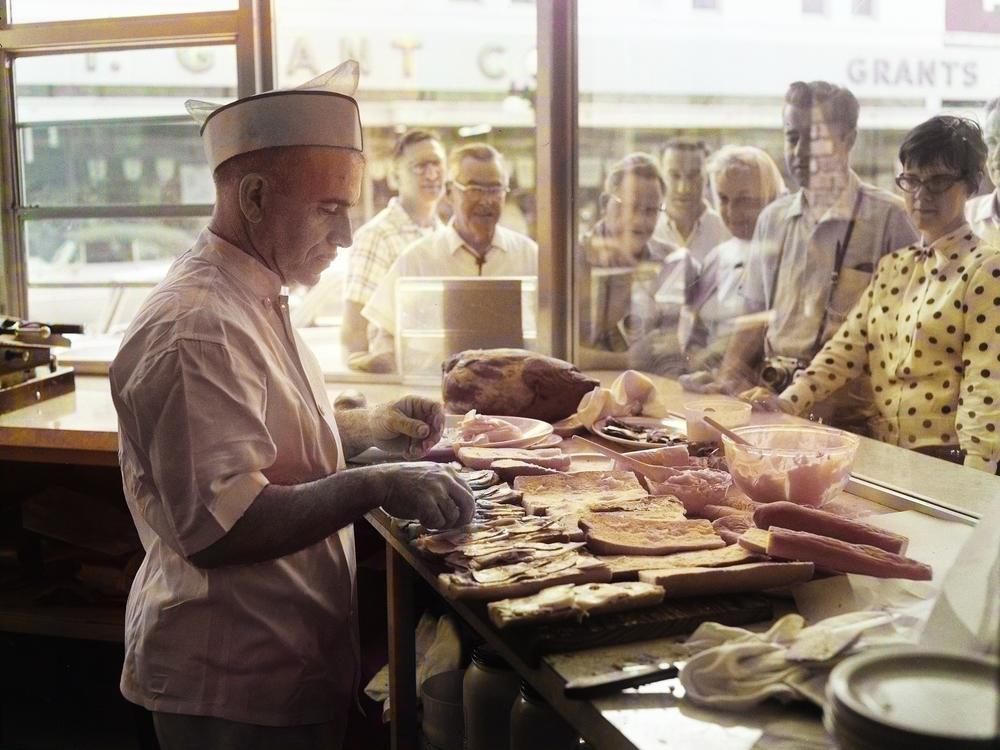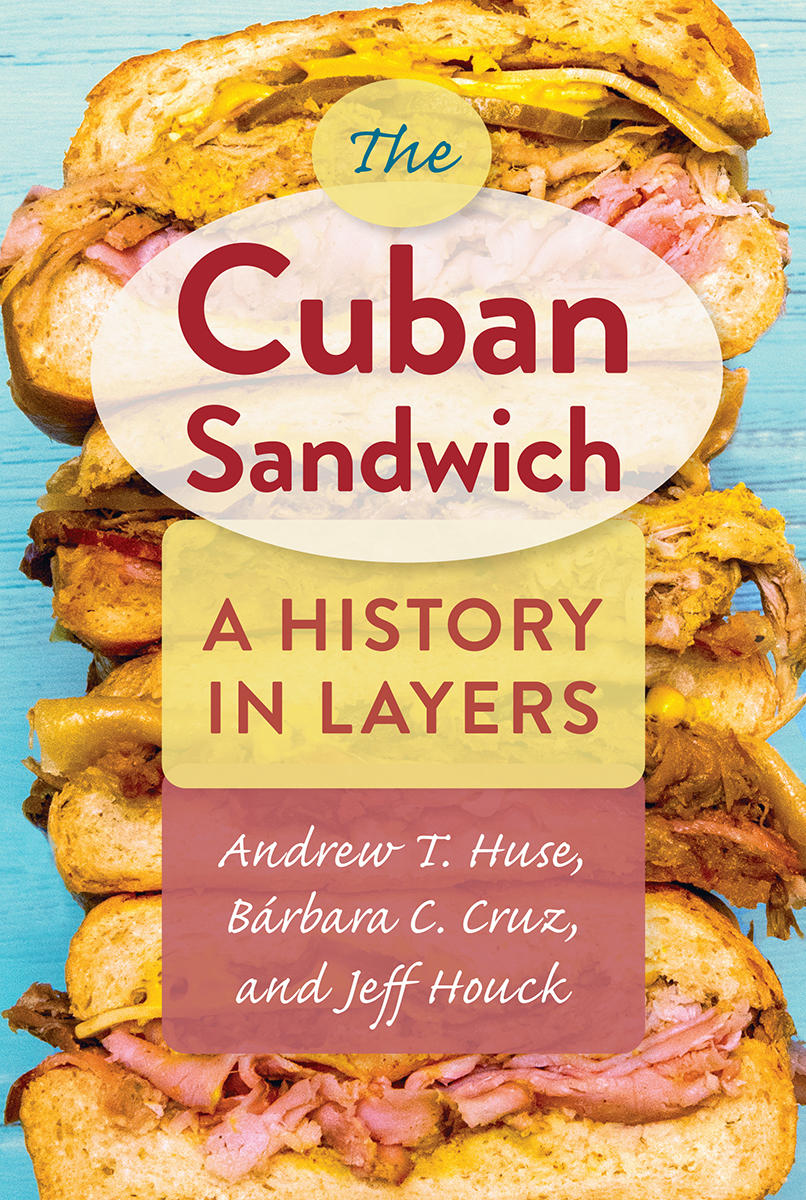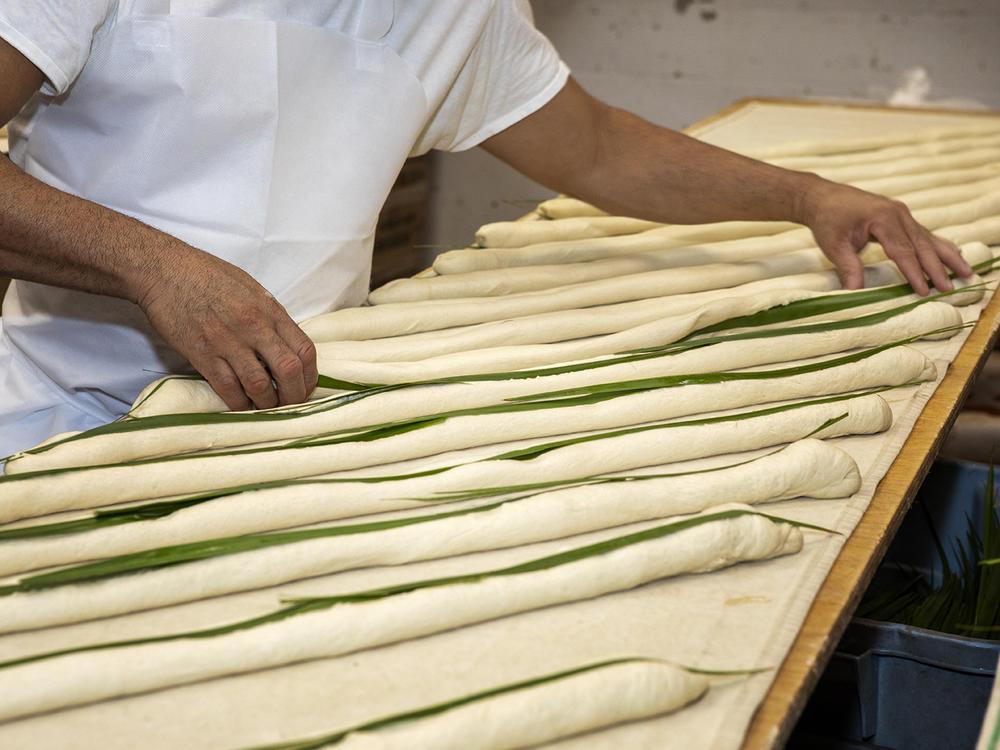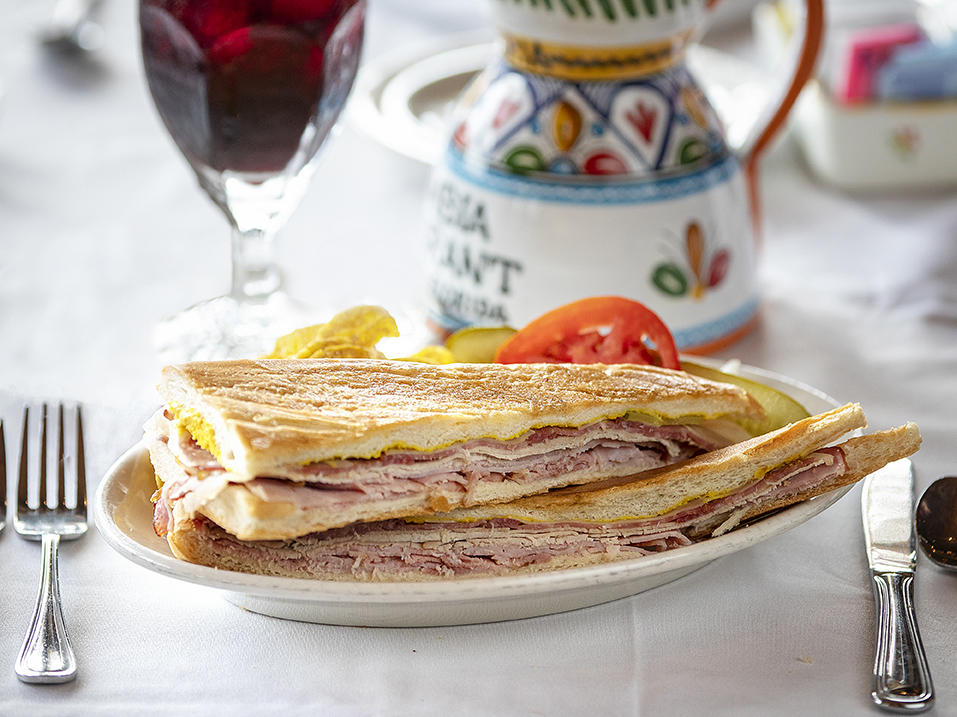Section Branding
Header Content
What's the origin of the Cuban sandwich? Researchers set out to settle the debate
Primary Content
Andy Huse had heard the arguments over the origin of the Cuban sandwich for years. It's been a long-standing debate between Tampa and Miami, which both claim ownership of the popular meal.
So he and two other researchers set out to find the final answer and settle the debate. And they landed on one conclusion: the sandwich's origin is, well, Cuba.
"I just think leaving Cuba out of the discussion for so long really blunted our understanding of where it came from, and making it kind of a Florida story instead of a Cuba story," Huse said.
In his view, there is room for Florida to be part of the narrative – Miami, Tampa and other U.S. cities added their own touches and brought popularity to the sandwich – but the story is one of immigration and evolution.
Huse is a librarian at the University of South Florida and explored these topics in a new book he co-wrote, The Cuban Sandwich: A History In Layers.
The book unpacks these layers of history like those of the sandwich itself – Cuban bread filled with seasoned pork, sweet ham, Swiss cheese, pickles and mustard – to understand where it came from and how it has evolved. It weaves together research and profiles of artisans who are making the sandwich in different parts of the world today.
"I knew that just writing a bunch of history about the Cuban sandwich might interest a few people, but bringing up to the present day and really recognizing the people who are out there doing it was really important," Huse said.
It's an immigrant story at its heart
Huse and his team never found a "smoking gun" that defined the exact place where the sandwich was invented, but they never intended to find one, anyway. That's not how history usually works, he said.
"You don't know you have something great until several years later. It's down the line, and then everyone's arguing about who came up with it," he said.
Huse co-wrote the book with Barbara Cruz, professor of social science education at the University of South Florida, and Jeff Houck, vice president of marketing for the Columbia Restaurant Group in Tampa. Cruz emphasized that, ultimately, the Cuban sandwich has an immigrant story.
"It was born in Cuba, from the mixto – literally mixed sandwich – meaning, you know, mixed different kinds of meats, for example, and cheese," she said. "And by way of cigar workers going to Key West, then coming to Ybor City and Tampa."
Between 1890 and 1950, Tampa had the largest enclave of Cubans in the United States. Then, the Cuban revolution at the end of the 1950s resulted in an influx of immigrants in Miami, and with each change in migration, new ways to make the sandwich emerged.
"Havana conceived [the sandwich], it's safe to say, but Tampa really curated it for a long time," Huse said. "I think that's a good descriptor. You know, they tinkered with the sandwich, but they came upon, I'd say by the '40s and '50s, a fairly stable creation that often included turkey and almost always included salami."
The inclusion of the salami, like other additions and changes to the sandwich's recipe, can be a sore subject. But Huse said that when they looked at records of sandwiches in Cuba back in the '50s, they found the exact same one Tampa is known for – with salami included.
Miami, for its part, added an innovation: the iron press, which gives the Cubano a thin look and crunchy feel that a lot of people now recognize it for.
So what is the best Cuban sandwich?
Cruz, who was born in Cuba and raised in Miami but has lived part of her adult life in Tampa, said that when the authors get asked what their favorite Cubano is, they explain that they consider themselves "mood Cuban sandwich eaters."
"When we are in Miami and we're standing at a ventanita, you know, you're there with a café con leche or a colada in one hand and a Cuban sandwich in one hand, that is the best Cuban sandwich to have at that time," she said.
Other times, when they're in Tampa, "the beautiful crusty bread that La Segunda Central Bakery provides is the perfect foil for the insides of the Cuban sandwich, so it really kind of depends."
Huse and Cruz recognized that there may still be a lot to discover about the Cuban sandwich.
They started to write the book in 2020, right when the COVID-19 pandemic began, so they could not travel across the United States or to Cuba like they had wanted. The diplomatic relationship between the two countries was also limiting.
Because of these obstacles, they encourage others in the introduction to the book to continue the work, and expand on the knowledge that they have gleaned, all while keeping Cubans front and center.
"Barbara has described the sandwich like it belongs to immigrants, but it's interesting too, because then you've got other hairs to split there. So you've got your immigrants, and you've got exiles too," Huse said. "So you've got this idea that to what extent does the Cuban sandwich still belong to Cuba? And to what extent has it become really a totem of exile in Miami and beyond?"
He wonders if there will ever be a time when Cubans on the island will be able to afford a Cuban sandwich, or find all the ingredients needed to make one, like people in the U.S. do, because of the conditions there.
"Not just the political stuff, but everything else, you know, the material life in Cuba," he said. "The more research I did, the more I understood how desperate it was and it is, and hopefully that changes. But that was one of the big question marks over the whole thing: 'When will regular Cubans be able to enjoy that too?'"
So regardless of who created it, questions remain over what else there is to learn, and who will be able to enjoy it in the future.
Copyright 2022 NPR. To see more, visit https://www.npr.org.




